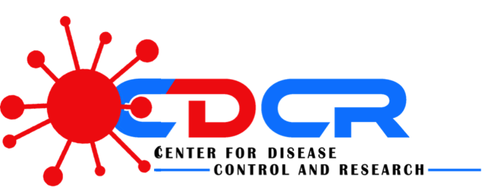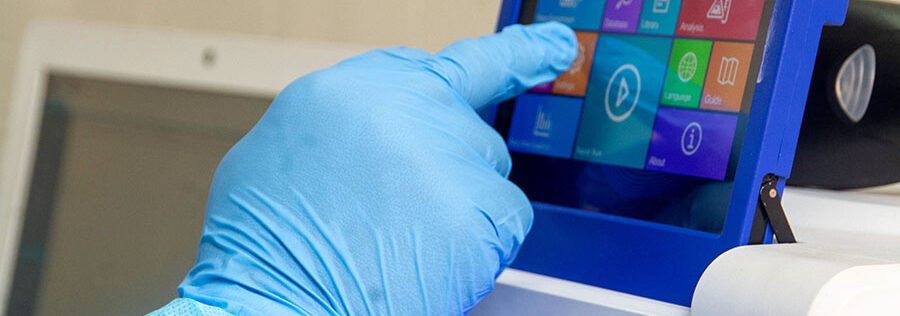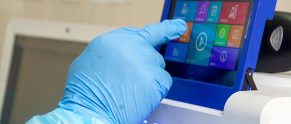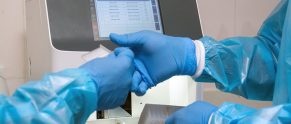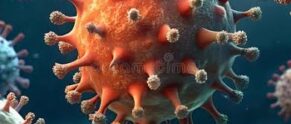In light of recent global health challenges, it is essential for individuals to relearn and reinforce the basics of communicable disease prevention. By adopting simple yet effective practices, we can protect ourselves and those around us from the spread of infectious diseases. This article aims to provide a comprehensive guide on relearning the fundamental principles of communicable disease prevention.
- Hand Hygiene:
Proper hand hygiene is crucial in reducing the transmission of communicable diseases. Ensure you wash your hands thoroughly with soap and water for at least 20 seconds, especially after using the restroom, before preparing food, and after coughing or sneezing. In instances where soap and water are unavailable, use an alcohol-based hand sanitizer containing at least 60% alcohol.
2. Respiratory Etiquette:
Practicing good respiratory etiquette is another essential aspect of communicable disease prevention. Cover your mouth and nose with a tissue when coughing or sneezing. If a tissue is not readily available, use the crook of your elbow to prevent the spread of respiratory droplets. Dispose of tissues properly and always wash your hands afterward.
- Vaccination:
Vaccination plays a vital role in preventing the spread and severity of communicable diseases. Stay up to date with recommended vaccinations, including seasonal flu shots and vaccines for diseases such as measles, mumps, rubella, hepatitis, and more. Vaccinations not only protect you but also contribute to the overall community immunity. - Physical Distancing:
Maintaining a safe distance from others is an effective measure to minimize the transmission of communicable diseases, particularly those spread through respiratory droplets. Adhere to guidelines provided by health authorities regarding physical distancing in public settings, such as maintaining a minimum of six feet (two meters) of space between yourself and others. - Proper Respiratory Hygiene:
Practicing proper respiratory hygiene is crucial to prevent the spread of respiratory diseases. Refrain from touching your face, particularly your eyes, nose, and mouth, unless you have clean hands. Avoid close contact with individuals who are sick or displaying symptoms of illness. - Environmental Cleanliness:
Regularly cleaning and disinfecting frequently touched surfaces can help reduce the risk of disease transmission. Pay extra attention to objects like doorknobs, light switches, mobile phones, keyboards, and countertops. Follow recommended guidelines and use appropriate disinfectants to ensure effectiveness. - Stay Informed:
Keeping yourself well-informed about communicable diseases is essential for effective prevention. Stay updated on the latest information provided by reputable health organizations and national authorities. Reliable sources can help you make informed decisions about personal hygiene, vaccination, and other preventive measures.
By relearning and reinforcing these basic principles of communicable disease prevention, we can actively contribute to reducing the transmission of infectious diseases within our communities. Let us all embrace our responsibility and commit to protecting ourselves and others through consistent adherence to these essential preventive measures. Remember, prevention is always better than cure.
